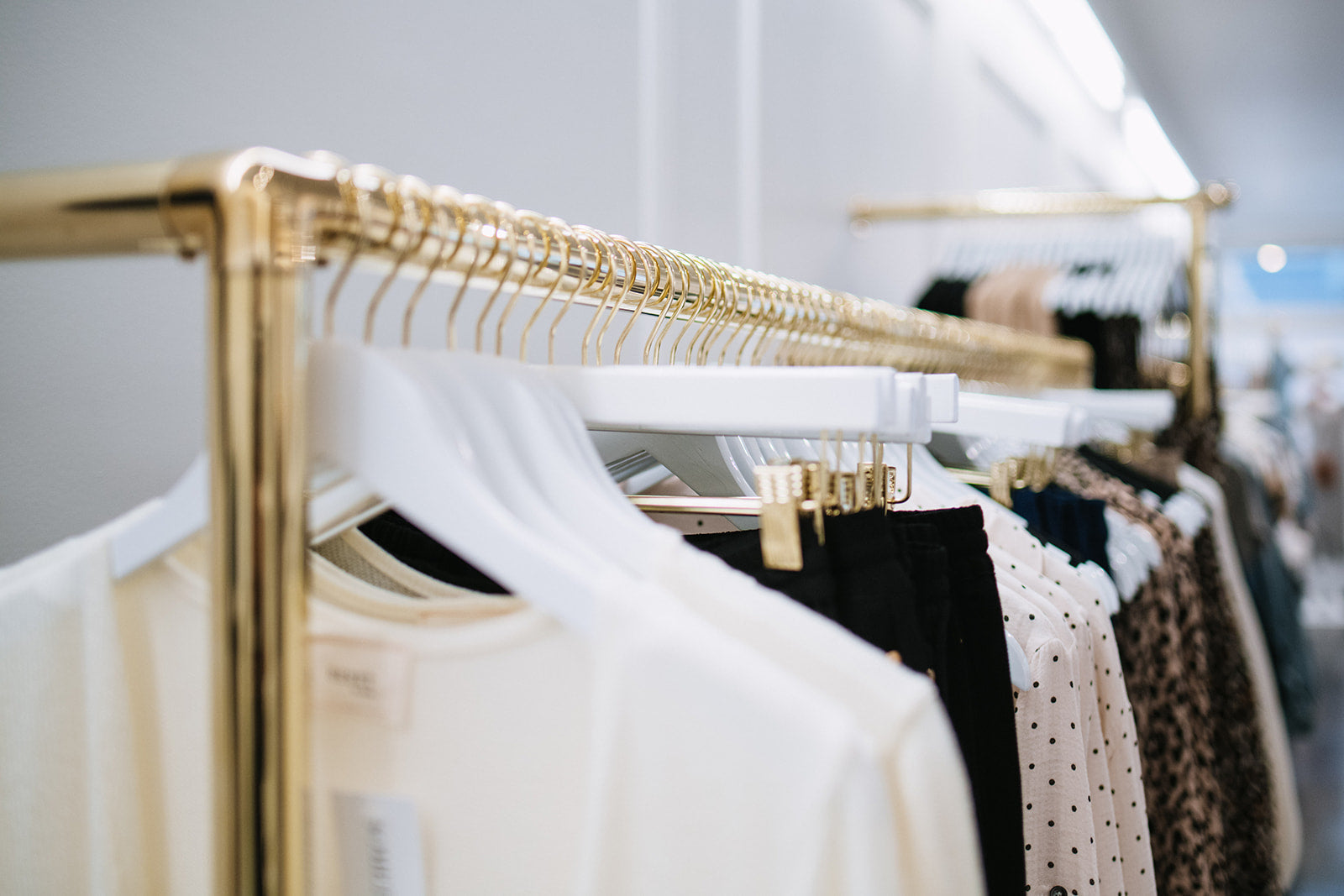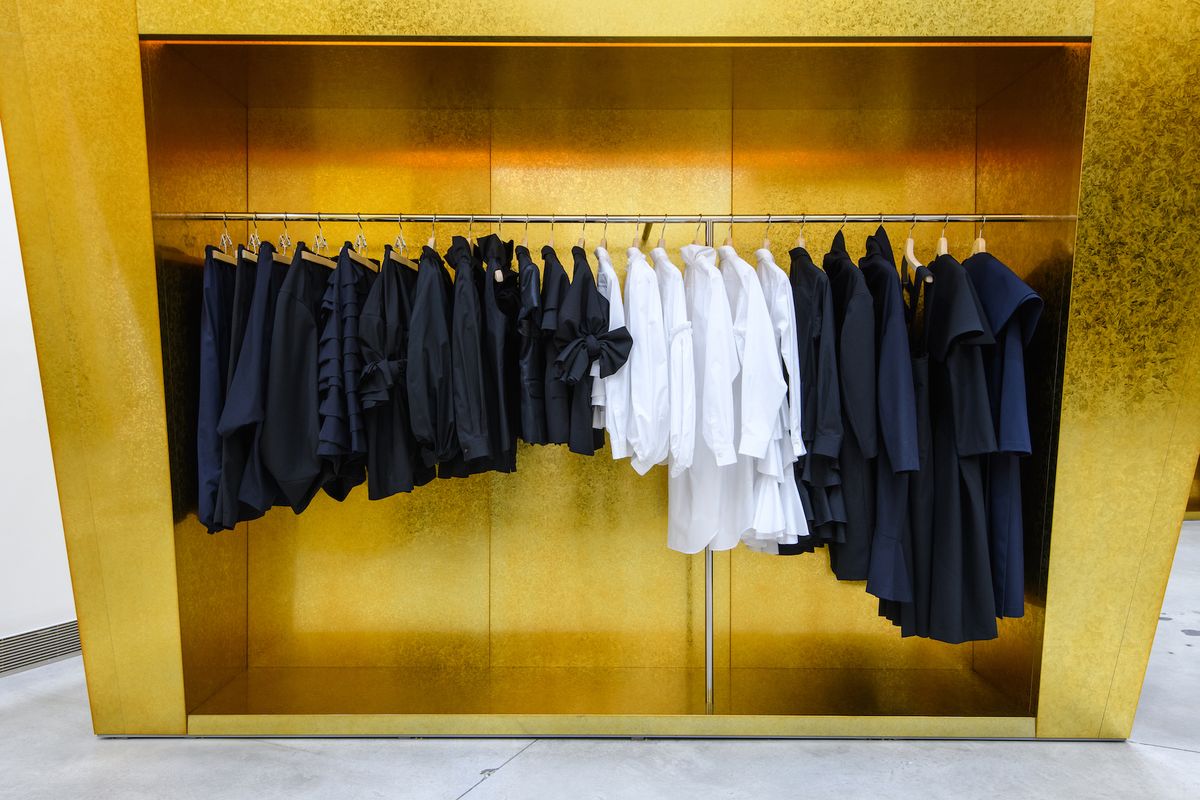The Surge of Online Shopping: Finding Boutique Fashion at Your Fingertips
The Surge of Online Shopping: Finding Boutique Fashion at Your Fingertips
Blog Article
Lasting Fashion: How Eco-Friendly Garments Is Forming the Future of Design
As the fashion business faces enhancing examination over its ecological influence, the surge of sustainable fashion provides an appealing option that aligns design with environmental duty. Using cutting-edge products such as plant-based textiles and recycled fibers, along with sophisticated methods like digital and 3D printing, developers are redefining what it suggests to be fashionable in the modern age. Simultaneously, the expanding appeal of upcycling and second hand society is promoting a change in the direction of a round economic situation. Yet, just how does this movement genuinely affect the future trajectory of fashion, and what difficulties lie ahead in its extensive adoption?
Ingenious Lasting Products
As the fashion sector grapples with its environmental effect, cutting-edge sustainable products have arised as a crucial remedy for reducing environmental impacts. These materials not just lower dependency on fossil fuels yet also lessen harmful pesticide usage and water intake.
In addition to plant-based materials, improvements in biofabrication have led to the development of lab-grown textiles. Mycelium natural leather, originated from mushroom origins, offers a versatile and eco-friendly alternative to animal natural leather. Its manufacturing causes substantially lower carbon emissions and water use, making it a more sustainable option for designer seeking to align with environmentally friendly practices.
Recycled products are additionally getting grip, with polyester made from recycled plastic bottles representing a considerable advancement. This development not only draws away plastic waste from seas and garbage dumps however also lowers energy consumption contrasted to generating virgin polyester. Together, these materials underscore the possibility for a much more sustainable fashion sector, paving the means for eco aware style and production.
Eco-Conscious Production
Building on the advancements in sustainable products, the apparel industry is likewise re-evaluating its production procedures to further lower environmental effect. Key techniques consist of minimizing water usage, reducing carbon exhausts, and eliminating unsafe chemicals. By taking on closed-loop systems, manufacturers aim to recycle water and power effectively, significantly lessening waste. The integration of renewable resource sources, such as solar and wind power, into manufacturing facilities additionally reduces reliance on nonrenewable fuel sources.
Another important aspect is the reduction of harmful chemicals traditionally made use of in coloring and finishing textiles. Eco-conscious producers are changing in the direction of plant-based dyes and waterless dyeing innovations, which not only secure neighborhood ecosystems but also improve employee safety and security. Advancements like digital printing minimize material waste and power intake, supplying a cleaner alternative to conventional techniques.
With the improvement of blockchain innovation, companies can currently offer comprehensive insights right into their supply chains, guaranteeing eco pleasant and ethical techniques at each step. As the need for eco-conscious items grows, suppliers are forced to innovate, making certain that the future of fashion is both trendy and lasting.
The Rise of Upcycling
Upcycling, a transformative practice in lasting fashion, includes creatively repurposing thrown out products into brand-new, premium items. This ingenious technique not only minimizes waste but likewise diminishes the need for raw materials, thereby minimizing the environmental effect of garments production. By reimagining and rebuilding existing things, designers and fashion brand names are able to instill originality right into their collections while advertising environmental duty.

In addition, the upcycling activity has actually equipped small businesses and independent developers, who often lead in technology as a result of their dexterity and creative thinking. By taking advantage of the plentiful availability of extra products, these entities add to a circular economic situation, demonstrating that style can be both fashionable and sustainable. Via upcycling, the sector takes considerable strides in here are the findings the direction of an extra liable and conscious future.
Thrift Culture's Influence
The blossoming thrift culture considerably reshapes the landscape of lasting fashion, stressing the significance of conscious usage. This social shift motivates customers to embrace secondhand garments, consequently decreasing the need for new garment manufacturing and minimizing ecological effect. Thrift buying not only prolongs the lifecycle of apparel however additionally lowers the carbon impact connected with manufacturing, moving, and throwing away garments.
An essential aspect of second hand culture is its democratization of style. By supplying a broad variety of designs from numerous ages at economical rates, second hand stores make style available to a wider target market. This accessibility promotes a feeling of originality and imagination, as consumers mix and suit one-of-a-kind items to curate personalized closets without adding to the fast fashion cycle.
Additionally, thrift society promotes circularity in style, straightening with the concepts of a circular economy. As more designers and customers welcome thrift society, the style market is obliged to adapt, incorporating lasting techniques to fulfill the expanding demand for eco-conscious alternatives.

Future Trends in vogue
Style's evolution is progressively formed by technical developments and sustainability-driven campaigns. One popular fad is the surge of electronic style, where virtual garments can be put on in augmented reality atmospheres, dramatically decreasing material waste.
Additionally, the assimilation of blockchain modern technology uses brand-new opportunities in transparency and traceability, enabling consumers to verify the sustainability qualifications of their apparel. boutique fashion. This makes certain liability in supply chains and advertises moral sourcing techniques. 3D printing is yet another advancement that guarantees to reinvent making procedures by allowing on-demand manufacturing, thereby reducing excess inventory and waste
Additionally, the development of bio-fabricated products, such as lab-grown natural leather and plant-based textiles, presents lasting choices to typical products. These advancements minimize dependence on animal products and resource-intensive crops. As these modern technologies grow, they are positioned to change the fashion landscape, merging style with sustainability. The future of style, consequently, depends on a smooth blend of modern technology, technology, and eco-friendly obligation.
Final Thought
The improvement of the garment industry with sustainable techniques suggests an essential shift in the direction of ecological liability. The integration of cutting-edge materials, eco-conscious production methods, and the embracement of upcycling and second hand society underscores a dedication to minimizing environmental footprints. As these methods get energy, they redefine the market's story by prioritizing moral and lasting selections. This advancement not only aligns style with ecological sustainability however additionally sets a precedent for future trends concentrated on responsibility and technology.
As the you could check here style sector faces boosting scrutiny over look what i found its environmental influence, the surge of lasting fashion provides an encouraging choice that lines up design with ecological obligation.As the fashion market grapples with its ecological influence, ingenious lasting products have actually arised as an important remedy for decreasing environmental impacts. With each other, these products emphasize the possibility for an extra sustainable style market, leading the method for eco aware layout and manufacturing.
Building on the innovations in sustainable materials, the fashion sector is additionally re-evaluating its production procedures to additionally lower ecological effect. boutique fashion.Upcycling, a transformative method in lasting style, includes creatively repurposing discarded materials right into brand-new, high-grade items
Report this page